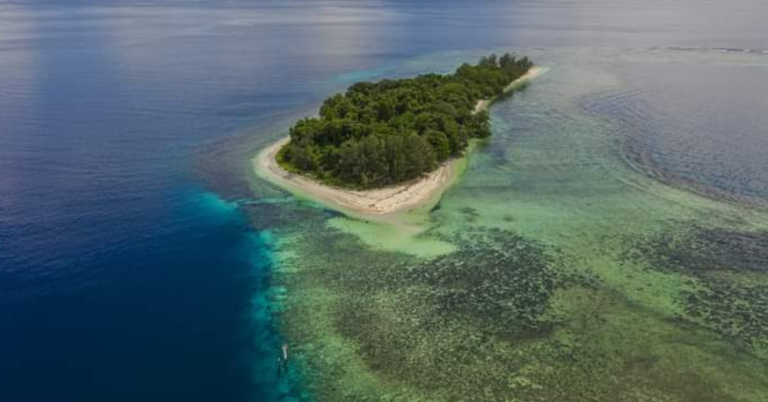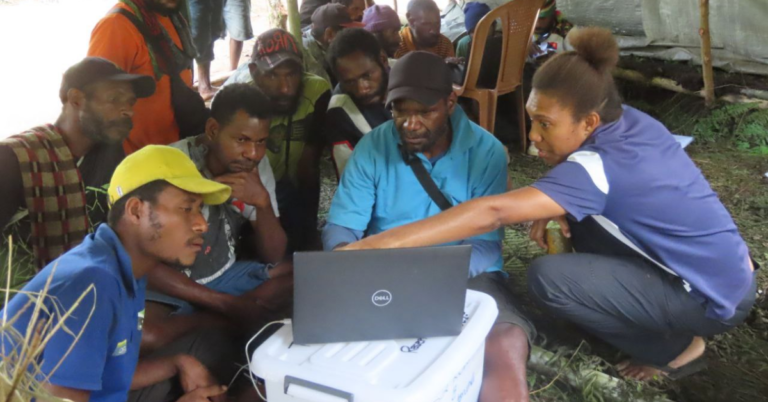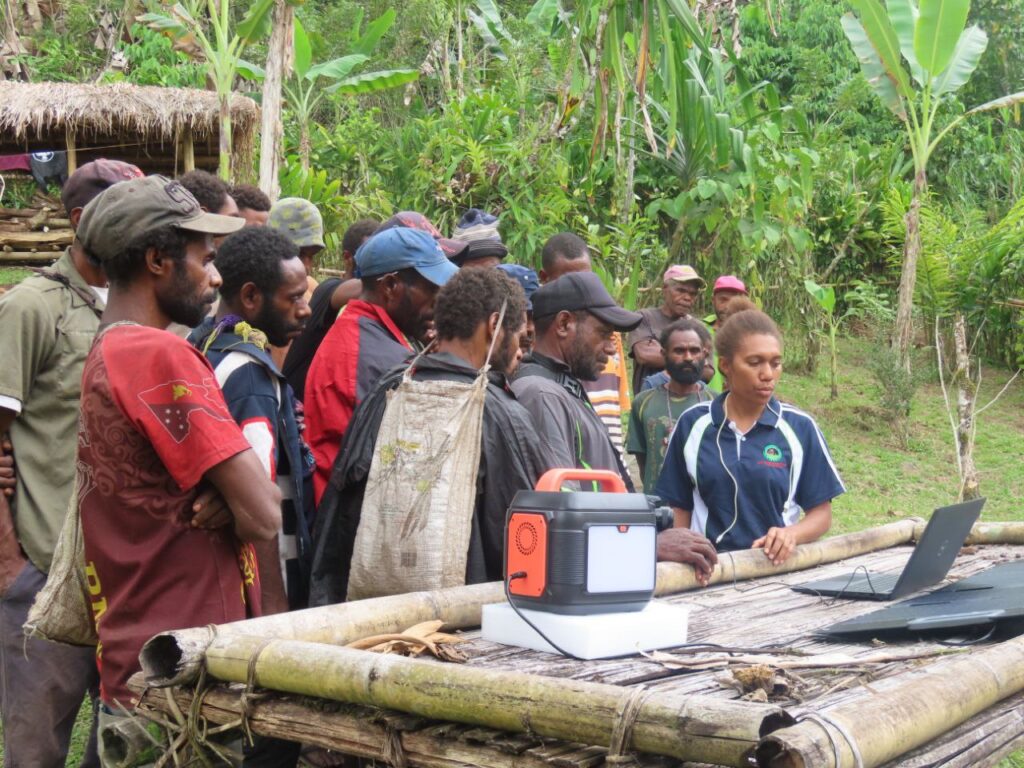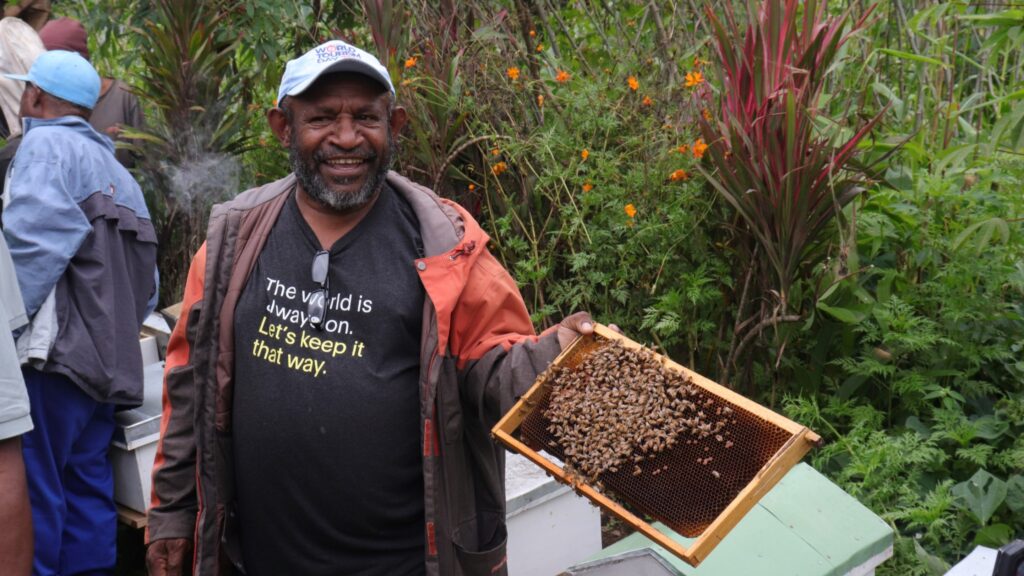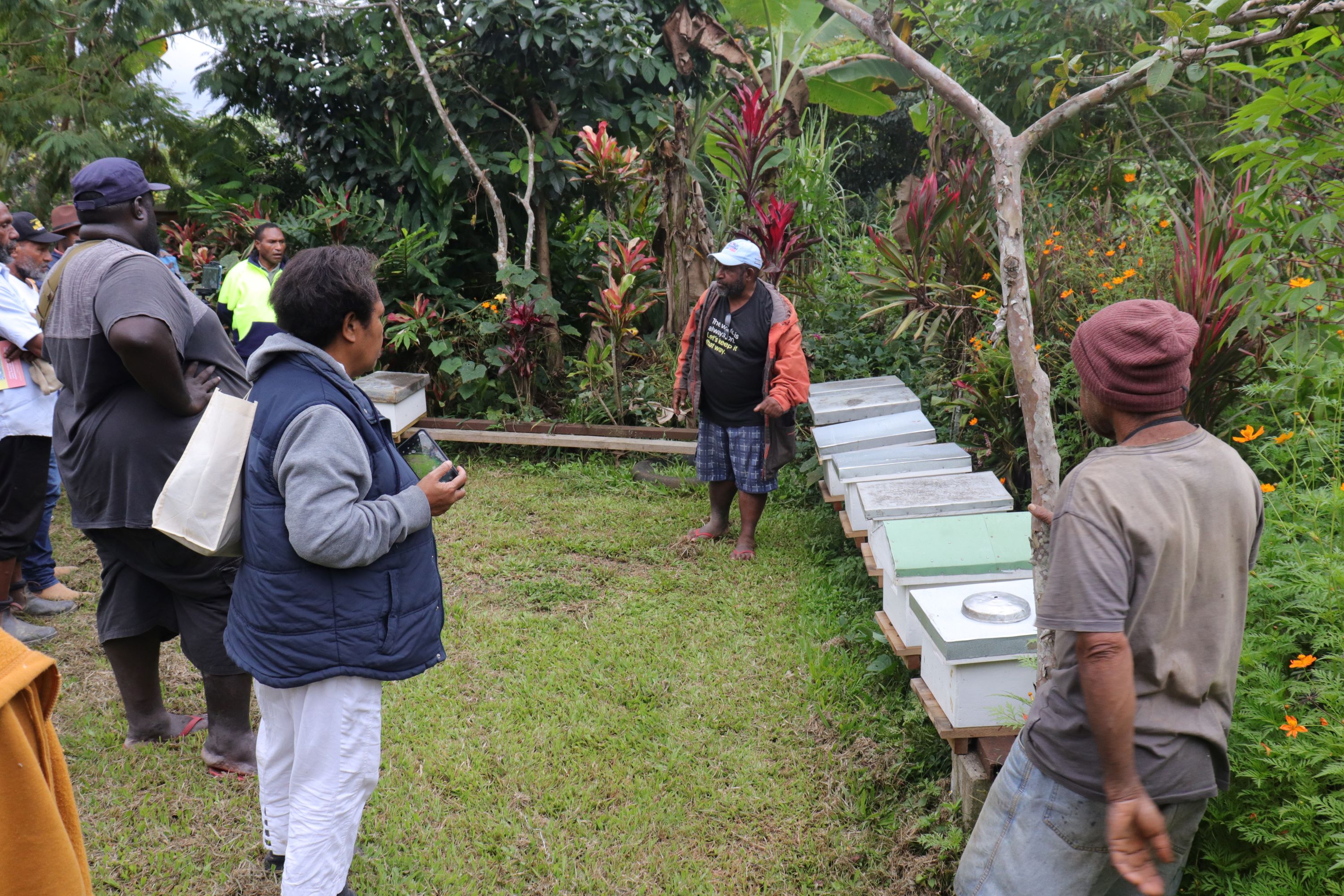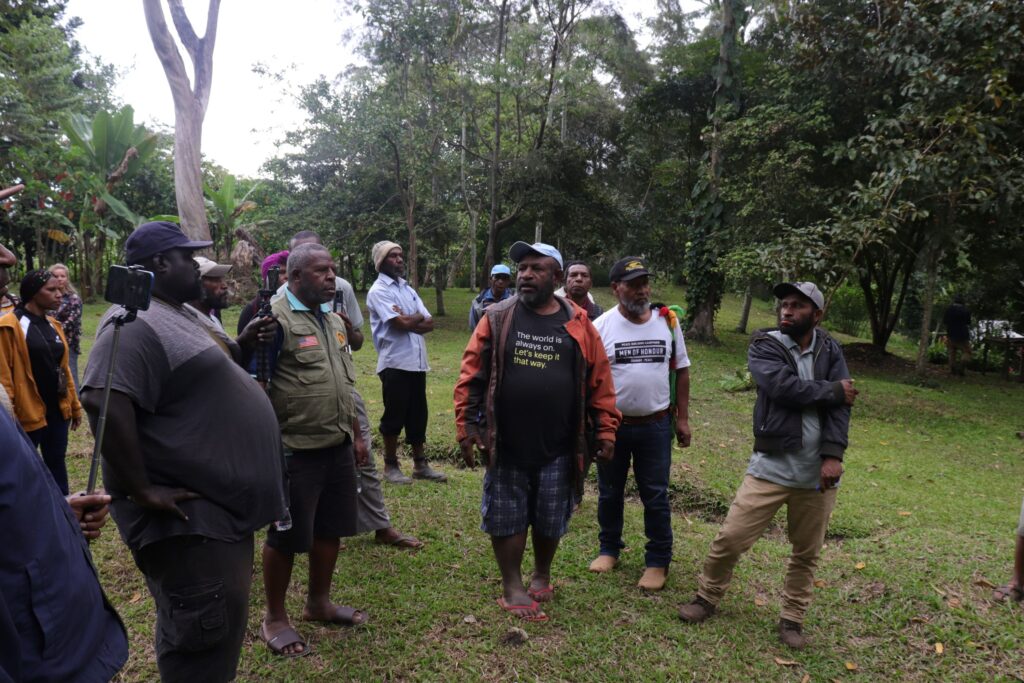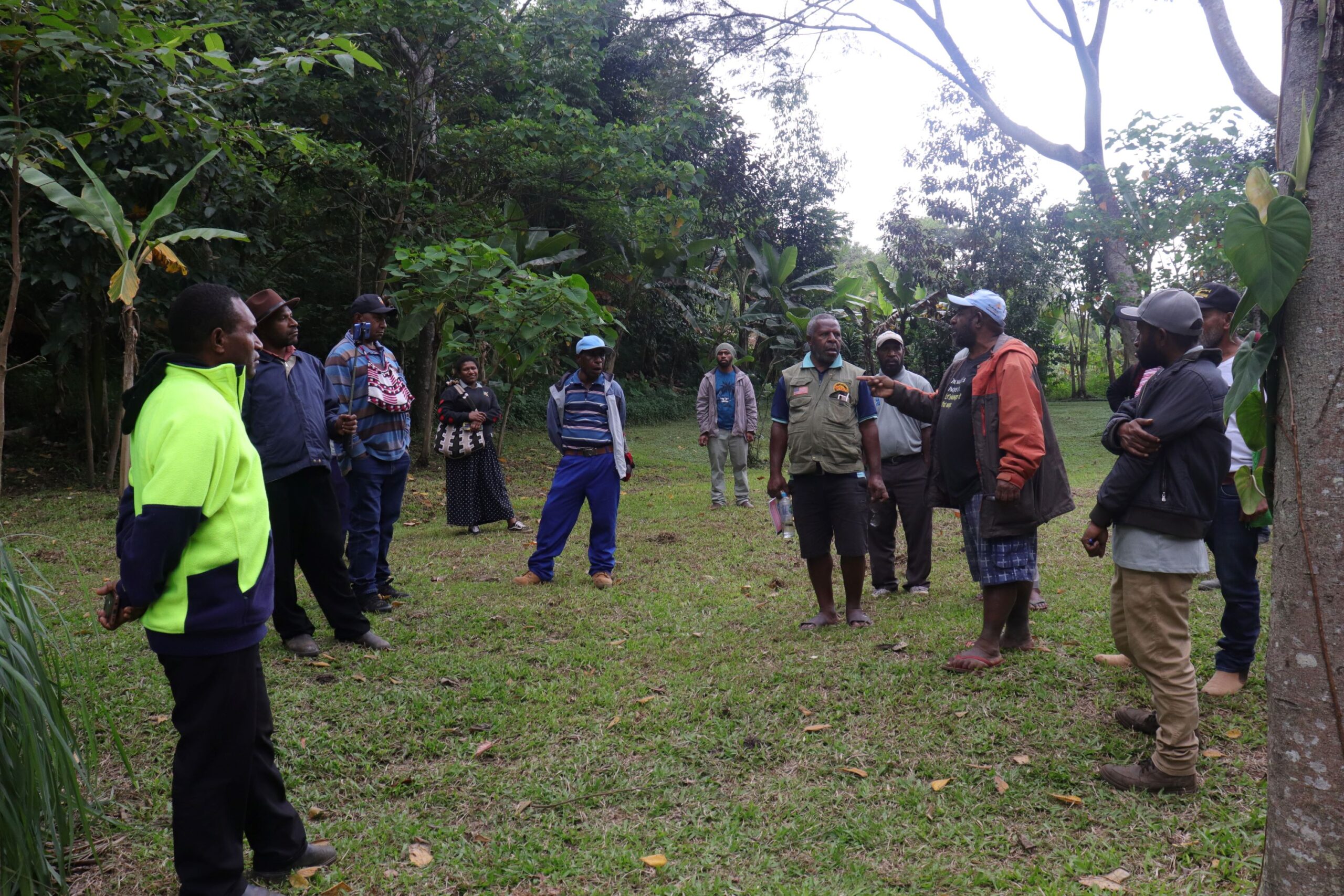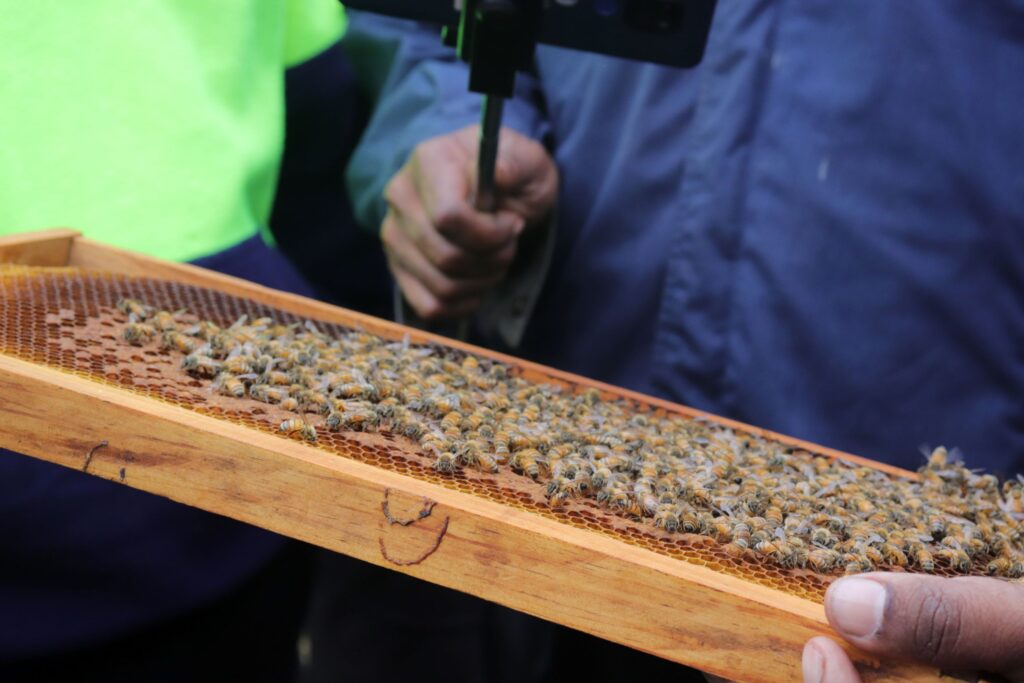Conservation areas within Pirung Wildlife Management Areas in the Bougainville Region was presented through a documentary film in Port Moresby.
Following this, the PWMA documentary will be made accessible to the local communities who host the PWMA through a community viewing program starting on 23 October to 1 November 2023.
Pirung Wildlife Management Area (PWMA) is the only gazetted Protected Area in Bougainville.
Located on the South-Eastern part of Bougainville island, it stretches over 60km in length and 10km in width. Making it one of the largest Protected Marine Area in the country.
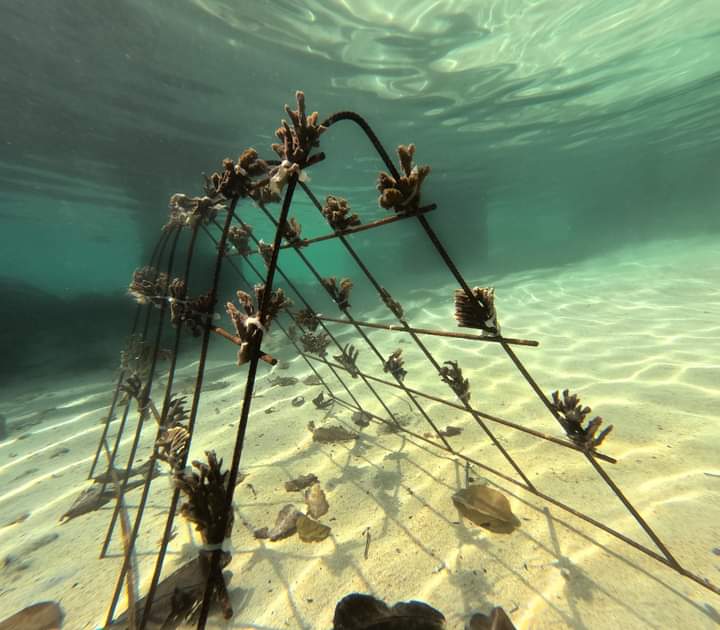
The documentary is presented by ABG Directorate for Environment, Conservation and Climate Change. Under the Department of Lands and Physical Planning showcases the cultural and biodiversity conservation efforts practiced in the Protected Area.
In watching the documentary, the ABG believes it will enhance people’s understanding. Empowering the communities to protect their marine environment.
Lynette Baratai-Pokas, is the ABG Secretary for Lands, Physical Planning and Environment and Conservation & Climate Change. Her environment officers will be presenting the documentary to the communities.
The planned documentary viewing in Bougainville is scheduled as;
- 24th October 2023 – Tarara
- 25th October 2023 – Rorovana 1
- 26th October 2023 – Rorovana 2
- 27th October 2023 – Arawa Village
- 28th October 2023 – Kobuang
- 29th October 2023 – Pidia
- 30th October 2023 – Pokpok Main Village
- 31st October 2023 – Uruna Bay.
Related: https://insidepng.com/research-and-conservation-of-pngs-biodiversity/

